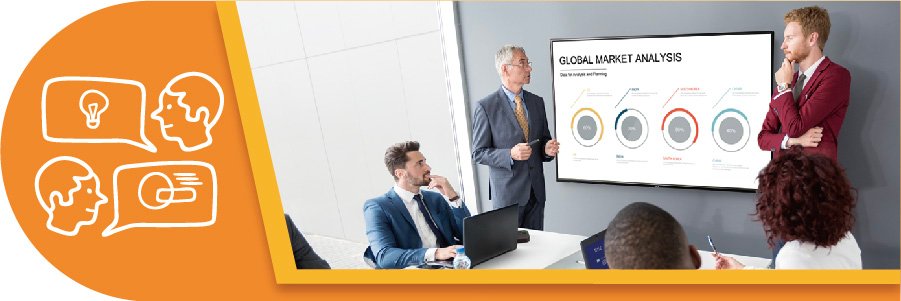Whether to call a meeting is a dilemma. Many managers often sigh and think, “If I didn’t have to have meetings, I would love my job more.” However, it’s management that requests more meetings to catch up on matters most of the time. In view of the purpose of every meeting, seemingly each is very important and necessary. And yet most meetings are actually annoying, too long, and pointless. How can that be?
Is it necessary for business organizations to call so many meetings? Objectively speaking, there’s no disadvantage having a meeting by itself since it’s a part of every organization’s operation, and also a daily activity aimed at maintaining consensus as well as idea transmission. From all employees’ point of view, however, it’s not always case. Apparently, the meeting pattern commonly applied in organizations needs to undergo radical changes. Especially when the overall environment is full of bad news and employees have concerns and doubts related to their lives outside the organization, management ought to adjust meeting patterns to encourage innovation and convey positive changes that contribute to the stabilization of employee morale.










